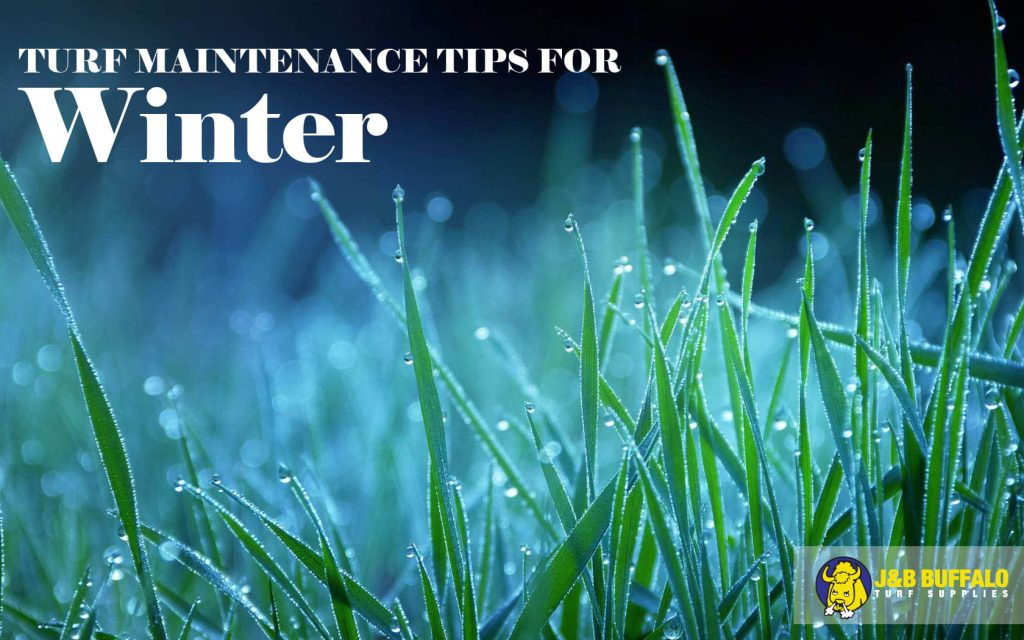Winter Lawn Care – How To Maintain Your Turf During the Cold Season
Winter Lawn Care
Winter is often a time when we don’t focus much on yard care. As we tend to go outside less, most of us feel it’s not worth spending time constantly maintaining the lawn.
Cold weather causes your lawn turf to go dormant – they’ll grow very slowly and tend to fade in colour. Any turf, including resilient varieties like DNA Certified Sir Walter Buffalo, changes colour as temperature drops. Proper lawn care and maintenance are needed to minimise these effects and keep your lawn healthy over winter.
The best time to start your winter lawn maintenance is during the autumn. Starting early helps keep your turf healthy and prevents weeds and bare patches on your lawn.
Pull up your garden gloves and prepare your lawn for the chilly months!
1. Mow Your Lawn at The Recommended Height
Long grass is at risk of freezing and thawing, but mowing too low will weaken the grass. Your lawn will not grow as quickly and is weaker during the cooler months, so treat it carefully. Cutting it too short will damage the underlying roots, so take the mower up a few notches. The ideal mowing height is 50-60mm to keep your turf healthy and weed-free.
How frequently you mow your lawn depends on the turf’s growth rate. Since turf grows slower in the colder months, the need for mowing is much less frequent.
2. Know When to Fertilise
Fertilise your lawn in the early autumn. This helps strengthen their roots and prepares them to survive frost. Following this, you should reapply the fertiliser around 8 to 10 weeks later. Winter fertiliser is best as it helps turf acquire the essential nutrients to stay healthy throughout the winter.
3. Aerate Right
Aerating soil helps oxygen and water reach the roots so the turf can have more breathing space. Using a garden fork, make small holes in the lawn surface to allow water and nutrients to enter the turf roots. After aerating, it’s important to continue tending your turf with proper fertilising, mowing and watering.
4. Dethatch at The Right Time
Dethatching – removing dead grass from your lawn – can damage turf if not done correctly. Dethatching is best done in the early autumn, giving the lawn time to regrow during the winter.
To ensure that your lawn is thatch-free, rake your lawn after mowing to prevent dead grass from building up.
5. Allow More Sunlight on Your Lawn
Lawn grass, such as DNA Certified Sir Walter Buffalo turf or other turf varieties, performs well in shady areas. However, frost can increase their vulnerability to shade. Pruning trees and removing any debris will allow more sunlight to your lawn.
Talk to a Professional
For help choosing the suitable turf for your property, call J&B Buffalo Turf Supplies at 1800 668 786.




